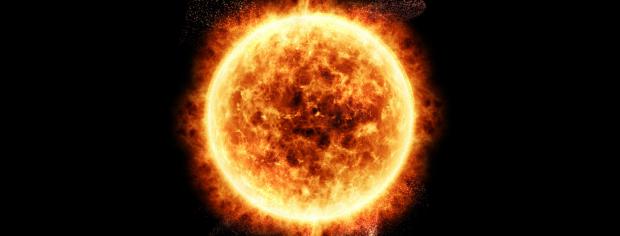
Breaking News
 $11 Trillion Quietly Moved - Americans Will Freeze & Obey When Market Collapse Hits : Chase Hughes
$11 Trillion Quietly Moved - Americans Will Freeze & Obey When Market Collapse Hits : Chase Hughes
 Econ 101 - 2026 Early Economic Forecast
Econ 101 - 2026 Early Economic Forecast
 Buy'r breaks the Blackrock monopoly- How the corporate club controls America
Buy'r breaks the Blackrock monopoly- How the corporate club controls America
 An AI Expert Warning: 6 People Are (Quietly) Deciding Humanity's Future! We Must Act Now!
An AI Expert Warning: 6 People Are (Quietly) Deciding Humanity's Future! We Must Act Now!
Top Tech News
 Build a Greenhouse HEATER that Lasts 10-15 DAYS!
Build a Greenhouse HEATER that Lasts 10-15 DAYS!
 Look at the genius idea he came up with using this tank that nobody wanted
Look at the genius idea he came up with using this tank that nobody wanted
 Latest Comet 3I Atlas Anomolies Like the Impossible 600,000 Mile Long Sunward Tail
Latest Comet 3I Atlas Anomolies Like the Impossible 600,000 Mile Long Sunward Tail
 Tesla Just Opened Its Biggest Supercharger Station Ever--And It's Powered By Solar And Batteries
Tesla Just Opened Its Biggest Supercharger Station Ever--And It's Powered By Solar And Batteries
 Your body already knows how to regrow limbs. We just haven't figured out how to turn it on yet.
Your body already knows how to regrow limbs. We just haven't figured out how to turn it on yet.
 We've wiretapped the gut-brain hotline to decode signals driving disease
We've wiretapped the gut-brain hotline to decode signals driving disease
 3D-printable concrete alternative hardens in three days, not four weeks
3D-printable concrete alternative hardens in three days, not four weeks
 Could satellite-beaming planes and airships make SpaceX's Starlink obsolete?
Could satellite-beaming planes and airships make SpaceX's Starlink obsolete?
NASA unveils 10 years of solar activity in stunning time lapse video

The shots were taken by the agency's Solar Dynamics Observatory, which as of June has been keeping a near uninterrupted vigil over our parent star for a decade from its perch high in geosynchronous Earth orbit.
The Solar Dynamics Observatory (SDO) was launched back in February 2010 with a mission to reveal the workings of our enigmatic star, and shed light on how space weather could influence and disrupt life on Earth. To this end it was equipped with three cutting edge scientific instruments capable of probing a range of processes occurring in and around the Sun, including keeping track of its magnetic field and the nature of the stellar wind that streams throughout our solar system.
Over the course of 10 years the hardy probe has taken an image of our star on average once every 0.75 seconds, amassing an impressive 425 million images of the Sun, and transmitting 20 million gigabytes of data back to Earth.
The new video was put together using images of our star captured in the extreme ultraviolet wavelength of 17.1 nanometers. This frequency of light showcases activity occurring in the Sun's super hot atmosphere, which is called the corona. One image from each hour of SDO observations was used to compile the marathon 61-minute video.

 First totally synthetic human brain model has been realized
First totally synthetic human brain model has been realized Mach-23 potato gun to shoot satellites into space
Mach-23 potato gun to shoot satellites into space

